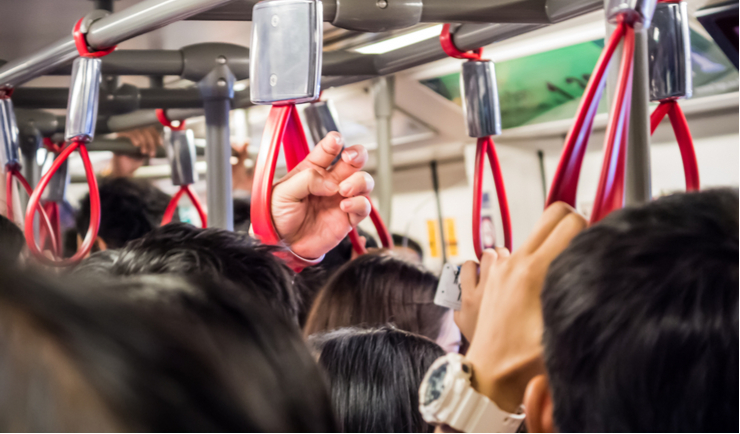The Secret to Increasing Transit Ridership

Does your region have higher gas prices, a growing student population, burgeoning economic development and higher employment rates? Huzzah, more riders for you! There are many socioeconomic factors that can contribute to a growing ridership, but unfortunately transit organizations have little to no control over them. What can you do to increase ridership if you can’t control housing density along your routes or the number of businesses?
Historically, ridership continued to rise in the 1990s, but has levelled off after 2014 across North America.
Canadian Ridership Trends Study findings
The Canadian Urban Transit Association (CUTA) recently released their Canadian Ridership Trends Study, which found that for every 10% increase in vehicle revenue hours (hours that a vehicle is moving passengers and collecting fares), there is a corresponding 10% increase in ridership.
There are three ways that vehicle revenue hours can be increased: higher frequency, expanding service to underserved areas and extending operating hours.
The number crunchers at CUTA found that there is a positive relationship between increased total operating budget and more vehicle revenue hours. But with federal and provincial investment funds earmarked for transit infrastructure, that leaves operating funding (for expenses like labour, fuel and maintenance) up to cash-strapped municipalities. The usual solution of increasing fares to pay for more vehicle revenue hours usually backfires – just look at the angry thunderstorm of Tweets that looms after any Toronto Transit fare hike announcement. When people have to pay more out-of-pocket for transit, city ridership decreases.
So, what’s the final word?
So what’s the special sauce for increasing ridership? Not peri-peri or hollandaise. Provide transit systems with operational funding for increased service and people will use transit more, CUTA says.

